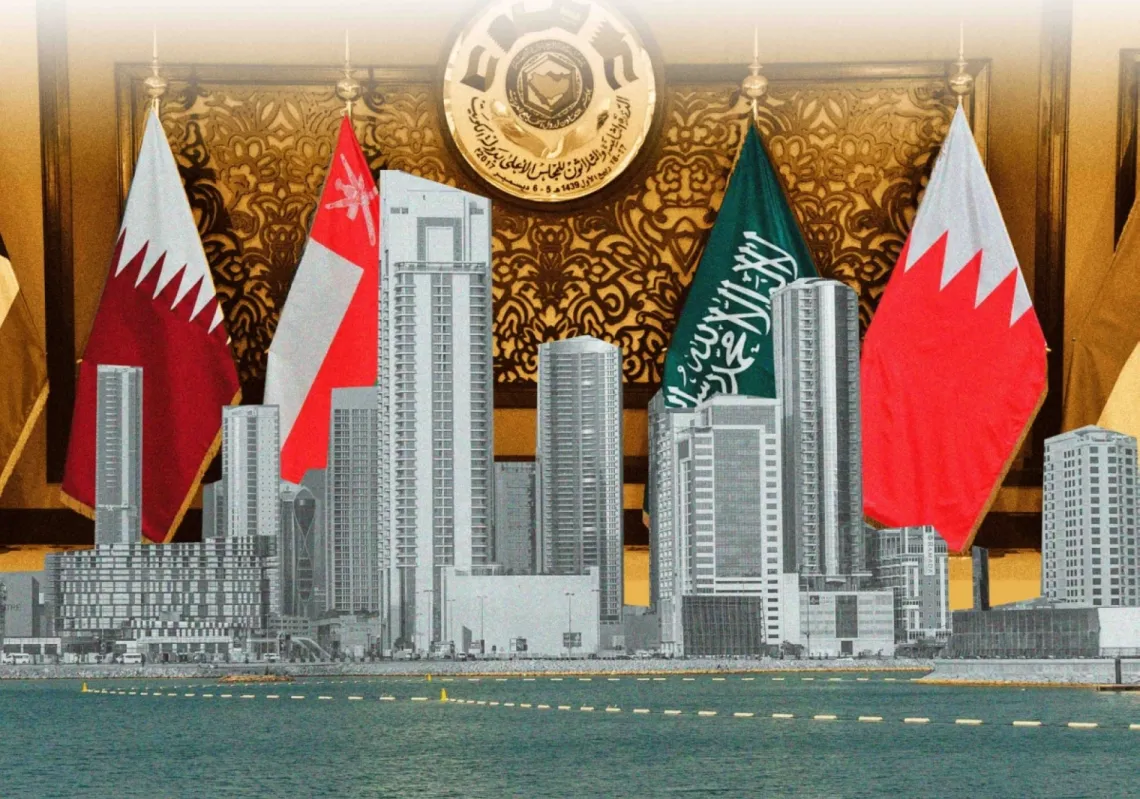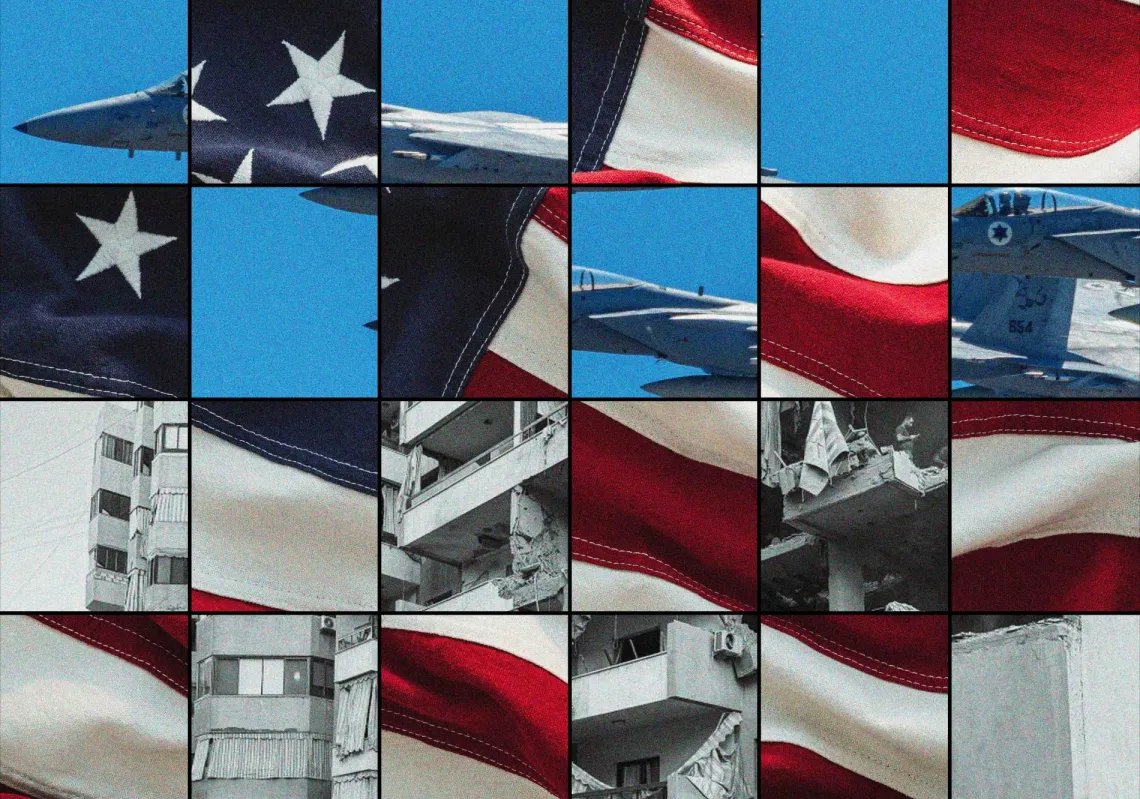 An Israeli man tries a gas mask at a distribution centre in Or-Yehuda, south of Tel Aviv on February 28, 2010 (YEHUDA RAIZNER/AFP/Getty Images)[/caption]As the UN’s figures for casualties in Syria tops 80,000 who have died from violence—with several thousands more who have died as a second-order effect of the violence, and many more still whose lives have been irrevocably shattered—it seems strange that so much attention should be given to a few dozen specific casualties.
An Israeli man tries a gas mask at a distribution centre in Or-Yehuda, south of Tel Aviv on February 28, 2010 (YEHUDA RAIZNER/AFP/Getty Images)[/caption]As the UN’s figures for casualties in Syria tops 80,000 who have died from violence—with several thousands more who have died as a second-order effect of the violence, and many more still whose lives have been irrevocably shattered—it seems strange that so much attention should be given to a few dozen specific casualties.
Yet more column inches have been devoted to these few, if lingering, deaths than all the others—not because of the people who died, but because their deaths may have involved chemical weapons (CW), something the Obama Administration declared in August 2012 to be a “red line,” with unspecified—but presumably major—consequences for transgression. Whether CWs were used, and, if so, who might have used them, is therefore key. Some simple, impartial analysis may help answer those questions.
The first issue to note is that CW are an area weapon, normally fired by artillery barrage or dropped by ground attack jets. The areas in which they are alleged to have been used make sense. Soviet doctrine advocated using CW against built-up areas; but to do so, many rounds must be fired, to saturate the area with chemical agent such that no one without the correct protective equipment will survive. Yet in none of the accounts are more than a few dispensers described, and the reports are usually provided by unprotected civilians who survived the attacks without access to countermeasures such as atropine, which is used to counteract the effects of nerve gas. If the Syrian government is using CW, it is not doing so very competently.
It is known that the Syrians have SCUD-launched CW, sometimes called the “poor man’s nuclear bomb,” as a deterrent—usually described as being against Israel, although they probably deterred Iraq as well. However, there are other possible—and less dramatic—explanations for the events described. Some of the effects reported may have different origins: white phosphorous smoke (sometimes used as a smokescreen to obscure the movement of troops) is very acrid, and a lungful is likely to cause coughing, as well as irritation to the eyes. Similarly, the description of smoking devices dropped from a helicopter may have been target markers for a subsequent air or artillery attack rather than CW canisters. There is also the possibility that some devices are merely tear gas or another less-lethal irritant (although technically tear gas counts as CW in wartime under the Hague Convention). The main question, given the conventional destructive power available to the regime, is why would they bother with using CW?
However, it is likely that some CW has been used, in sufficient quantities for Western intelligence agencies to raise concerns. If it was not the Syrian government, the question then arises as to who the culprit is. The analysts' question—“Cui bono?” (To whose benefit?)—identifies two obvious candidates, both of whom have an interest in trying to involve the US in the conflict: the rebels and Israel. Consequently, the possibility of either the Syrian rebels or an Israeli “false flag” operation planting evidence was raised by a former US State Department official, Lawrence Wilkerson, a former aide to Colin Powell, who cast doubt on the evidence of the use of chemical weapons in Syria in an interview with Current TV.
The rebels would probably like to see a Libyan scenario, of close air support to their fighters, but otherwise little interference from the West. By contrast, the Israelis fear yet another Islamist regime on their borders, and would probably like to see an Iraq scenario, in which a US force enters Syria and destroys the regime. This would possibly lead to Balkanization of Syria and Iraq, as envisaged in the “Clean Break” document written in 1996 for then soon-to-be prime minister Netanyahu. The would be to reduce the power of any single Arab country to proportions manageable by Israel without US assistance.
While more famous for their nuclear weapons, the Israelis have their own stocks of CW (and biological weapons, BW) which they are far more likely to use, since the threshold for CW use is so much lower. (This was regrettably shown in various places, notably Halabcheh in the Kurdish Region of Iraq, but also North Yemen in the 1960s.) It would not be impossible to move a small quantity of chemical agent into Syria—probably via Turkey—and produce an effect sufficient to prove the Obama Administration’s “red line” to have been breached. This would admittedly be a difficult thing to fake. Western shells usually have several safety features to prevent accidental initiation of the payload before the desired impact point, whether high explosive or CW. Israeli shells follow Western designs, and thus any such false flag use would require a Syrian round, but this is not an insurmountable problem if the potential geo-strategic rewards are high enough.
The other possible perpetrators are the rebels. They may have come by CW through a regime sympathizer providing them with one or two rounds with chemical warheads, or simply by regime incompetence—just as the US Air Force accidentally flew some nuclear weapons across the US a couple of years ago. The semi-official Iranian Fars News suggests that the weapons were supplied by a former Iraqi Ba’athist general from among the small number of unaccounted-for CW rounds in Iraq, although it did not explain why these were not used more often against the occupying forces, thus remaining available to pass on to the Sunni rebels in Syria.
There is also the possibility that the rebels themselves have manufactured the agent. A video discovered by the Syria Tribune website purports to show an Islamist from the Almighty Wind Brigade (Katibat Al-Rih Al-Sarsar) making a chemical agent, which he then tests on a pair of rabbits in a tank. Creating simple-yet-dangerous chemical agents is not difficult: several Royal Navy personnel had to be evacuated from a ship when someone accidentally made a chemical agent while cleaning the lavatories.
There are, however, several issues which do not quite add up. The chemical agent described by the witnesses in Syria is variously blue or white, yet the agent in the video is clear. Further, while the rabbits appear to die when the agent is introduced, there is no fume extractor to the tank (which appears to have no air-tight seal), nor is there one over the preparation area. Similarly, the protective gear being worn in the video does not seem particularly advanced: washing-up gloves and what looks like a simple dust filter over the man’s mouth. Indeed, its primary purpose seems to be to protect the individual’s identity as much as his health.
It is likely that some chemical weapons have indeed been used in Syria, although the number of incidents of CW use is likely to be far fewer than claimed. What is less likely is that the Syrian regime deliberately used CW: the tactical benefits are not worth the geo-strategic risks. Rather, if chemical agents have been used deliberately, the most likely perpetrators are the Syrian opposition trying to incite the US to intervene in the conflict against the regime.









